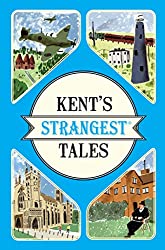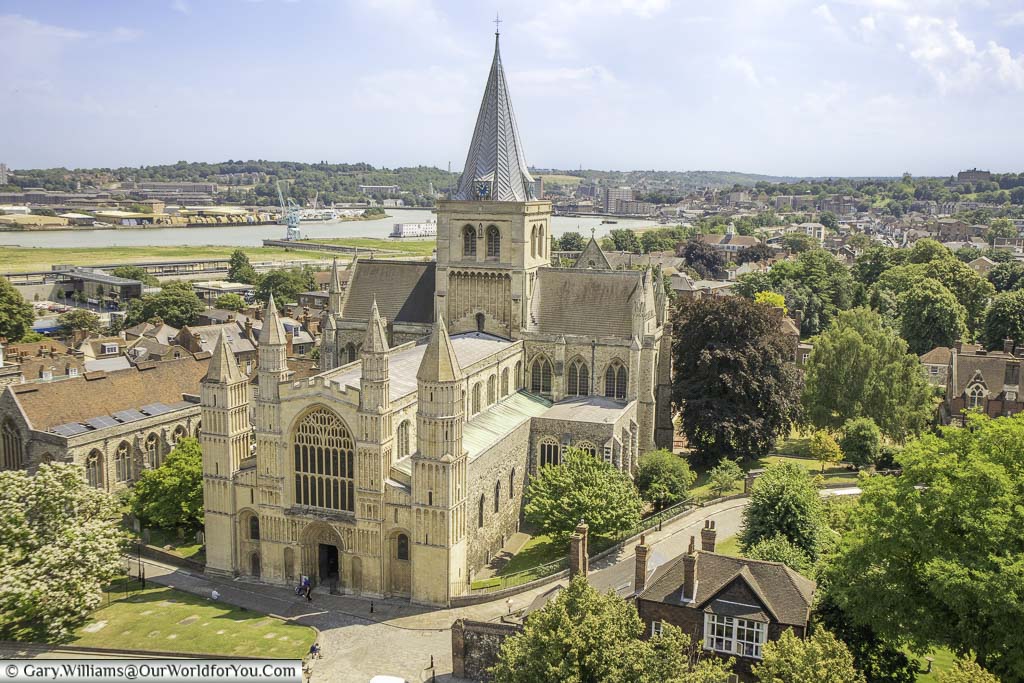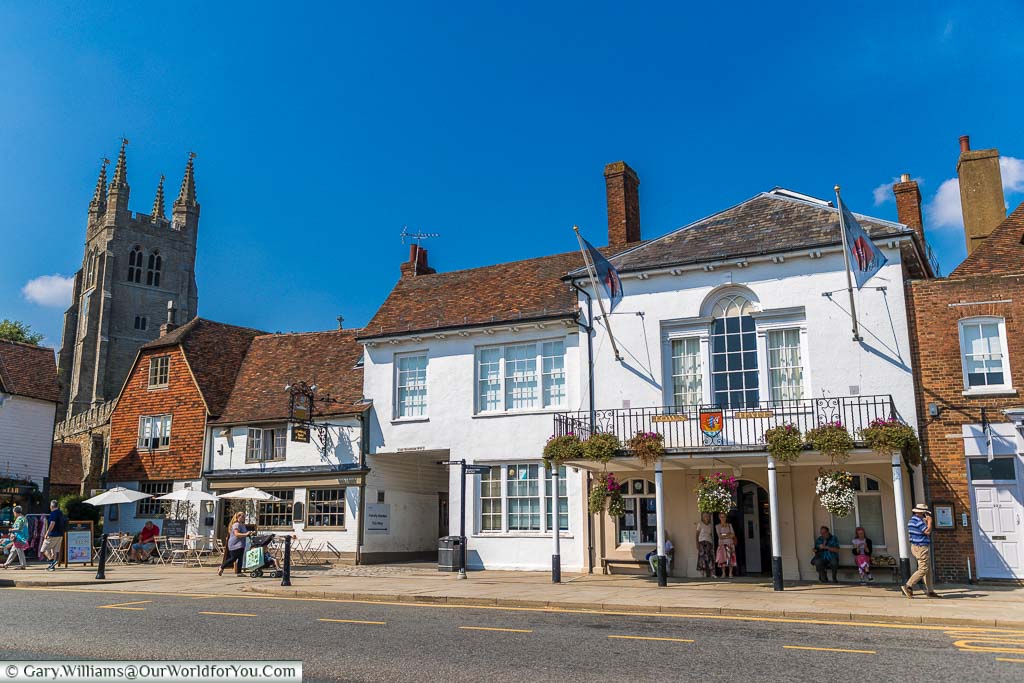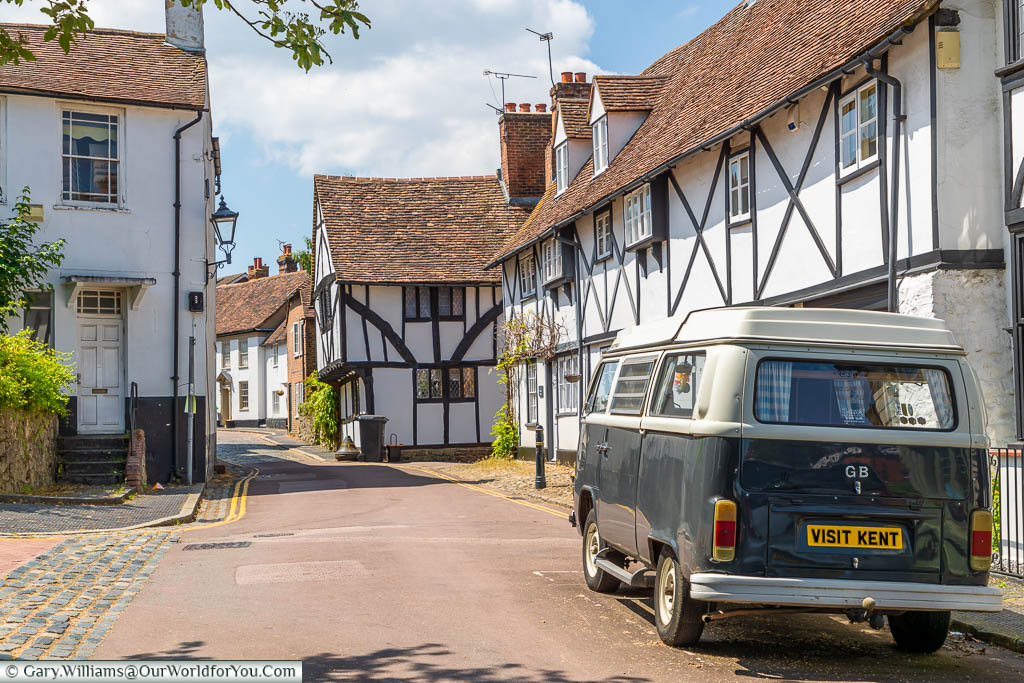Including a visit to Quebec House
The picturesque town of Westerham in Kent is located just a few miles south of the M25 and within touching distance of the Surrey borders. The charming town is surrounded by rich, lush countryside. It lies within the Kent Downs a short distance is the High Weald, both of which are Areas of Outstanding Natural Beauty.
We visited Westerham as part of our delightful road trip around the region, exploring the nearby historic homes and digging deeper into the local history.
Westerham is full of intriguing connections with the past and two of its prior notable residents, Sir Winston Churchill, who lived nearby at Chartwell House and General James Wolfe, who resided at Quebec House as a child. Both of these historic residences are managed by the National Trust.
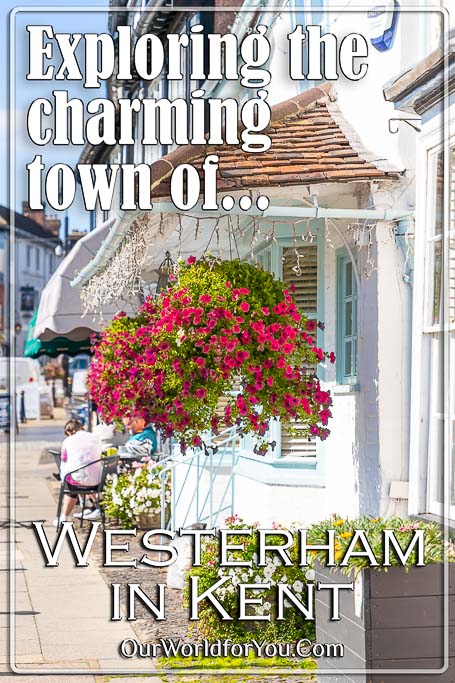
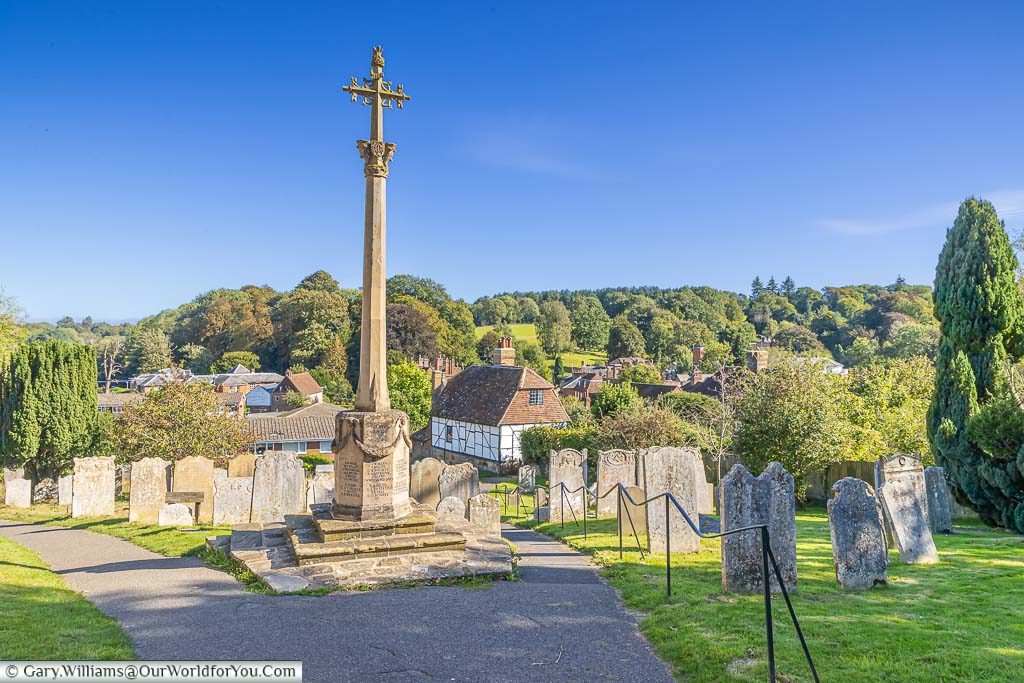
How to get to Westerham
How to get to Westerham
- By Train
The nearest station to Westerham is Oxted (4 miles); a taxi rank is outside. However, Sevenoaks station (6 miles) is accessible from London Charing Cross, and it’s then a 20-minute bus journey on the no. 401.
- By Car
Westerham is located on the A25 and can easily be accessed from the M25 (jct. 5 or 6). There’s a car park to the east of Westerham town which is free for three hours.
A little history on Westerham
Kings, Queens and noblemenThe historic market town of Westerham was mentioned in the Domesday Book of 1086; however, it can trace its roots back thousands of years. With evidence of a Celtic fortification and Roman ruins nearby.
Keep a lookout for the meandering River Darent flowing through the charming town.
Squerryes Court now stands on the site of the original Westerham Manor, which was once owned by King Harold. After King Harold was defeated by William the Conqueror at the Battle of Hastings in 1066, William I gave the manor to Eustace of Boulogne. Later, William’s granddaughter, Queen Matilda, inherited the estate. Westerham Manor continued to pass through the hands of the British gentry. The present manor Squerryes Court, built in the late 17th-century, is now a winery.
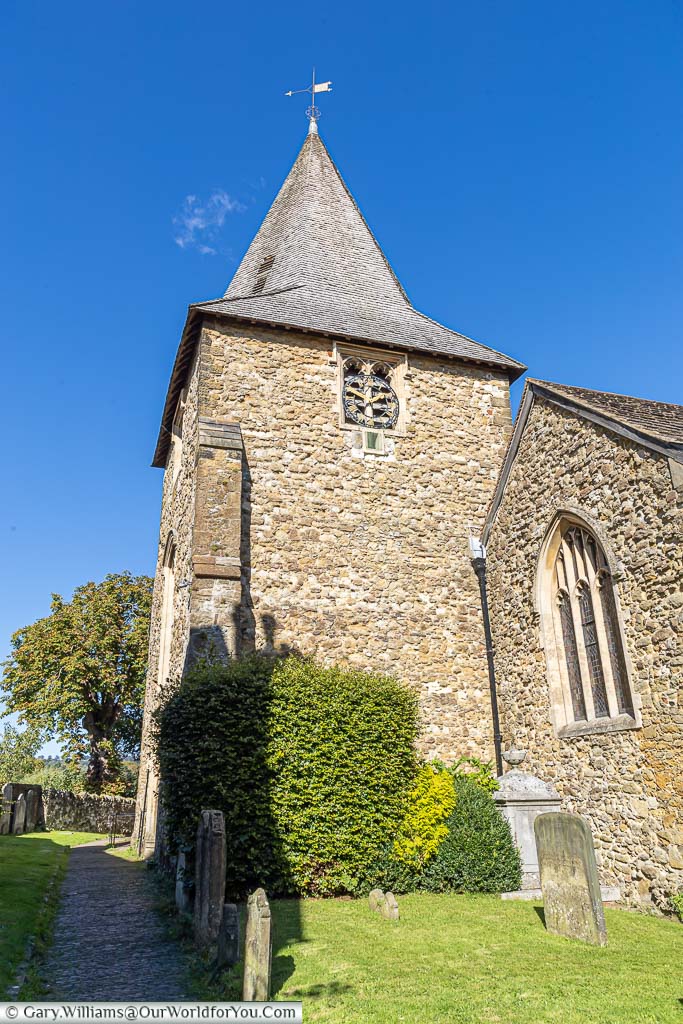
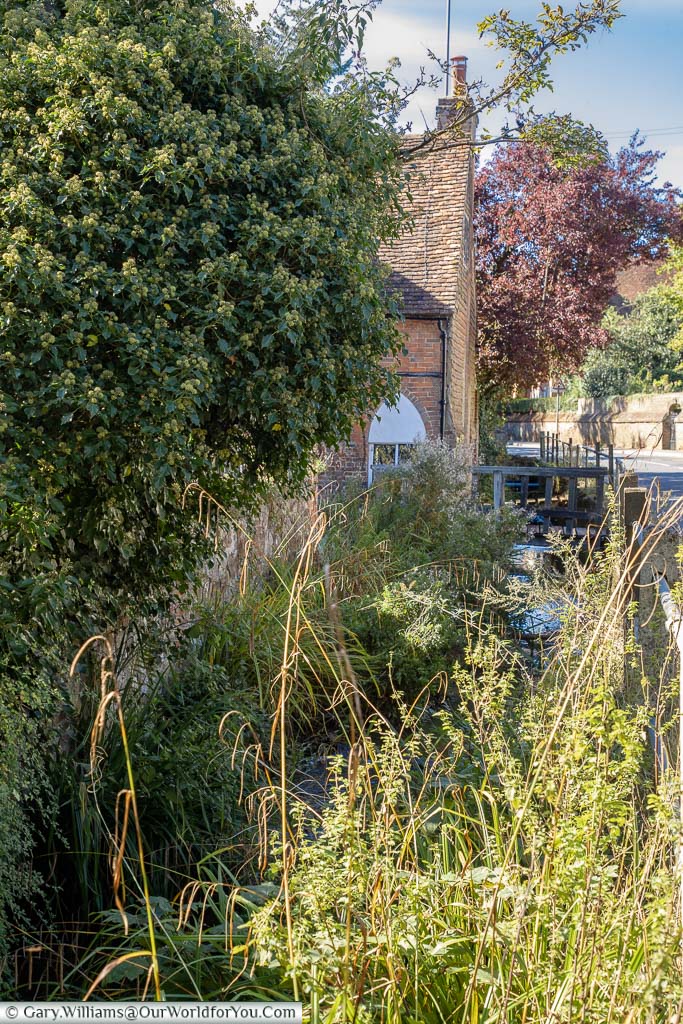
In 1227 King Henry III granted Westerham a market charter. It became an important town for the trading of cattle in Kent. The last cattle market was held in Westerham in 1961.
St Mary’s Church in Westerham is believed to date from the 13th-century. However, there have been many alterations to the structure over the centuries. John Frith, a Protestant martyr, was born in Westerham in 1503; due to his beliefs which opposed Roman Catholic teachings, he was burned at the stake at Smithfield in London in 1533.
Exploring Westerham
History around The GreenOur first stop strolling through Westerham is to The Green. This charming part of Westerham is so delightful, surrounded by historic buildings and welcoming shops and cafés.
Westerham Green feels like the hub of town life, with locals chatting with one another and passing the time of day. It’s such a lovely place to sit and watch the world go by.
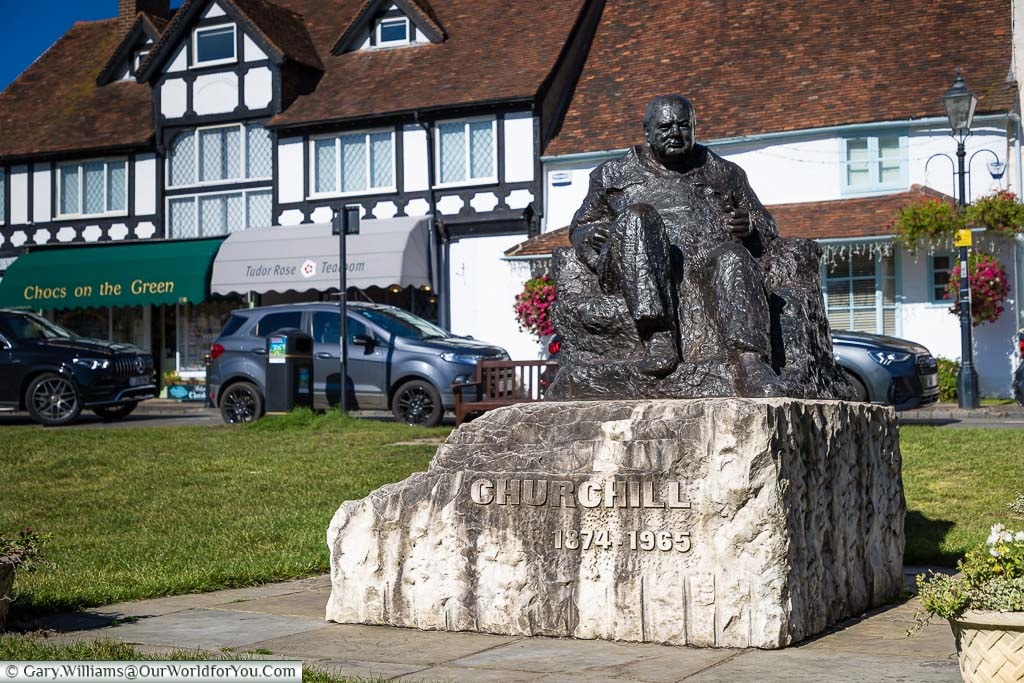
You’ll instantly be drawn to the magnificent bronze statue of Sir Winston Churchill, sculptured by Oscar Nemon, and you’ll spot another of Oscar’s creations in Chartwell. Like many bronzes, it’s so tactile that you can’t help yourself; you just want to touch it. I’ll revisit Sir Winston a little later in this post.
All around Westerham and especially The Green, there are references to Winston Churchill and his wife Clementine; tearooms, boutiques, and streets are named in their respect.
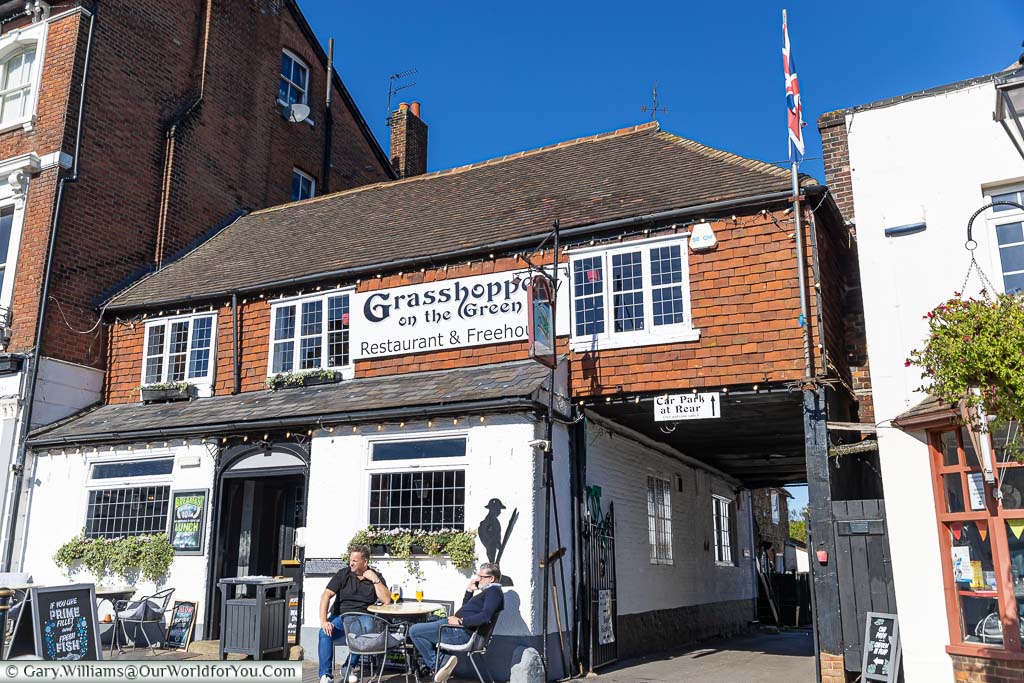
One historic building that will certainly draw your attention is the 16th-century Grasshopper on the Green inn (renamed in 1994). This ancient coaching inn overlooks The Green and where the livestock markets were held for many years.
The Grasshopper Inn used to be a coaching station on the route to Fleet Street in London, prior to the next stop of the Bell in Bromley.
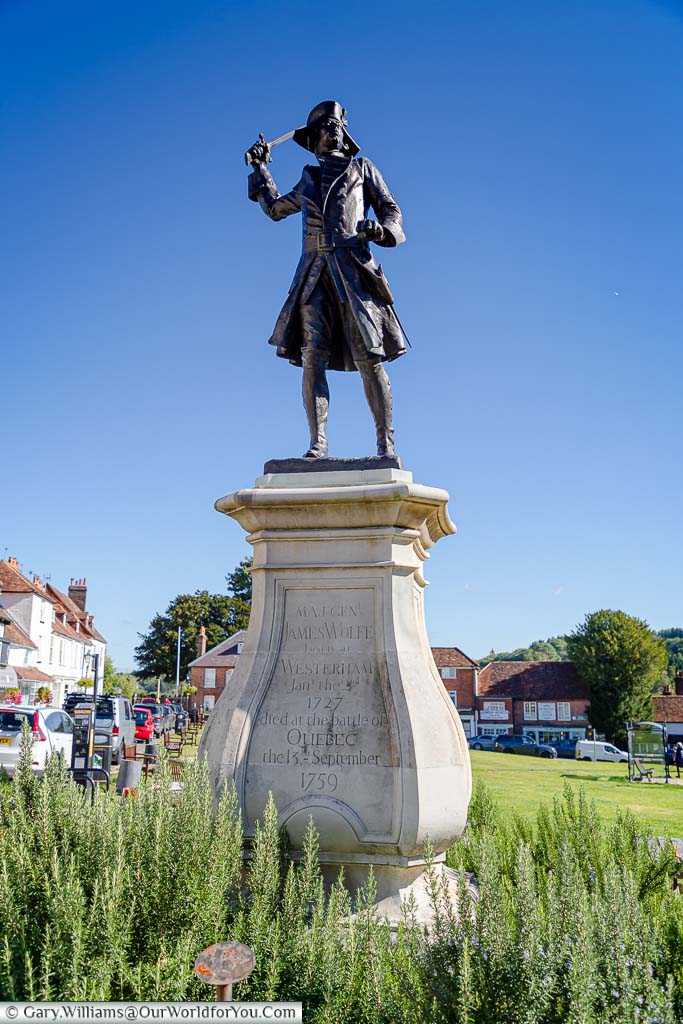
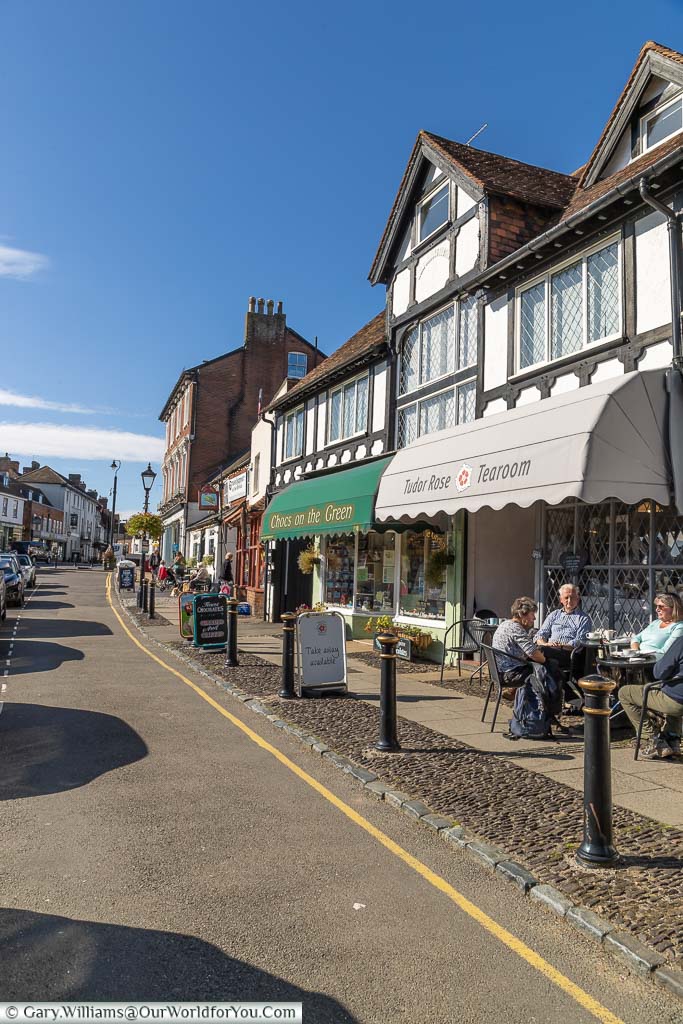
Where to stay in Westerham
Strolling the charming streets of Westerham
Market Square and the High StreetThere are several charming buildings throughout Westerham with numerous tales to tell; however, I especially loved it around Market Square. Many of the local shops were independent stores offering that little something different.
There’s a captivating mix of Georgian style structures, buildings with timber-framed façades and white weatherboarded fronts. It’s such a varied combination within one town.
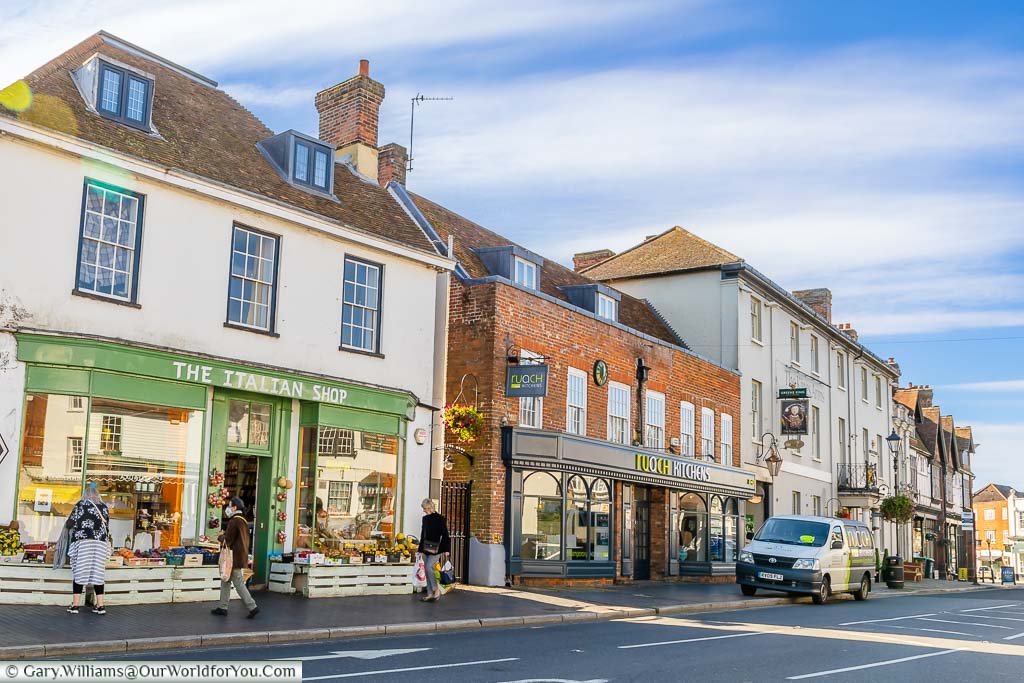
Keep an eye out for the narrow road Fullers Hill; there is a lovely looking family-run Italian restaurant here named Napoli. We didn’t get a chance to pop in; however, I’ve earmarked it for next time.
Take a little wander along a few side streets, particularly Lodge Lane; there are some truly appealing red brick cottages here.
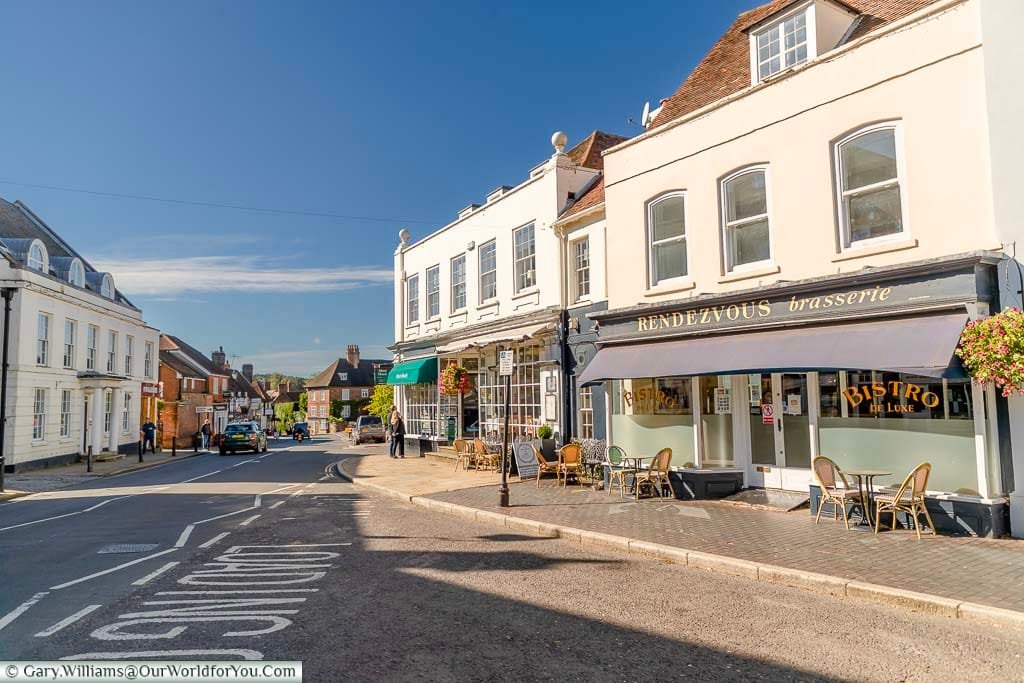
We continue along the High Street, and near the bottom, it bears right around a corner; on the left is a 16th-century old forge and stables, which was once a smithy, now privately owned.
Further along, you’ll spot the 16th-century white-clad building, the General Wolfe Inn. Don’t get too excited; you can’t go in, it is now a private home, but it has a considerable character.
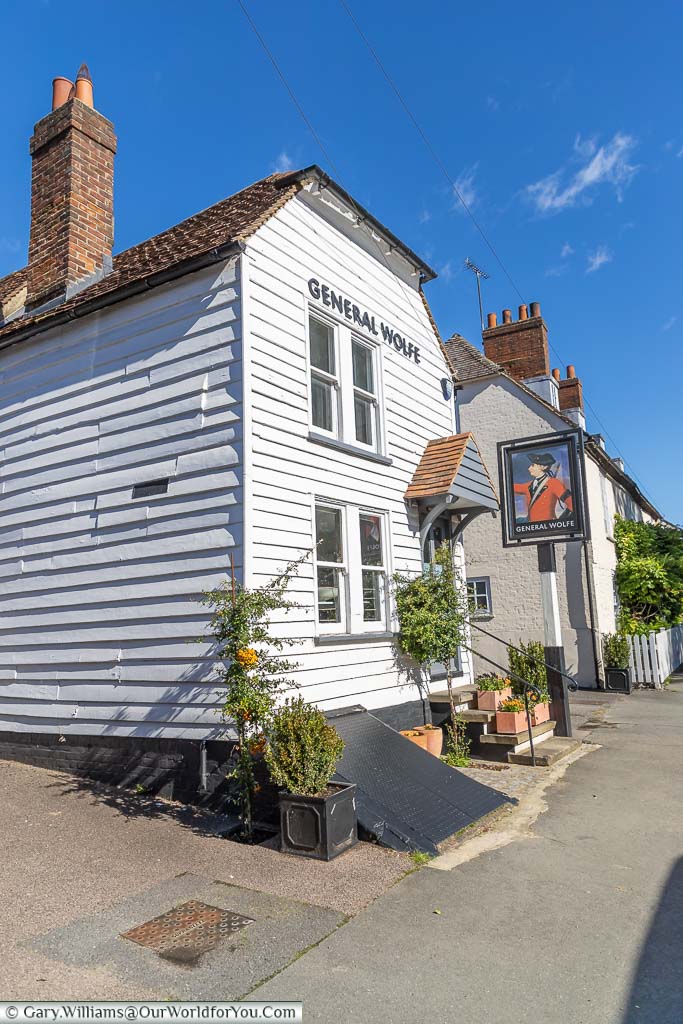
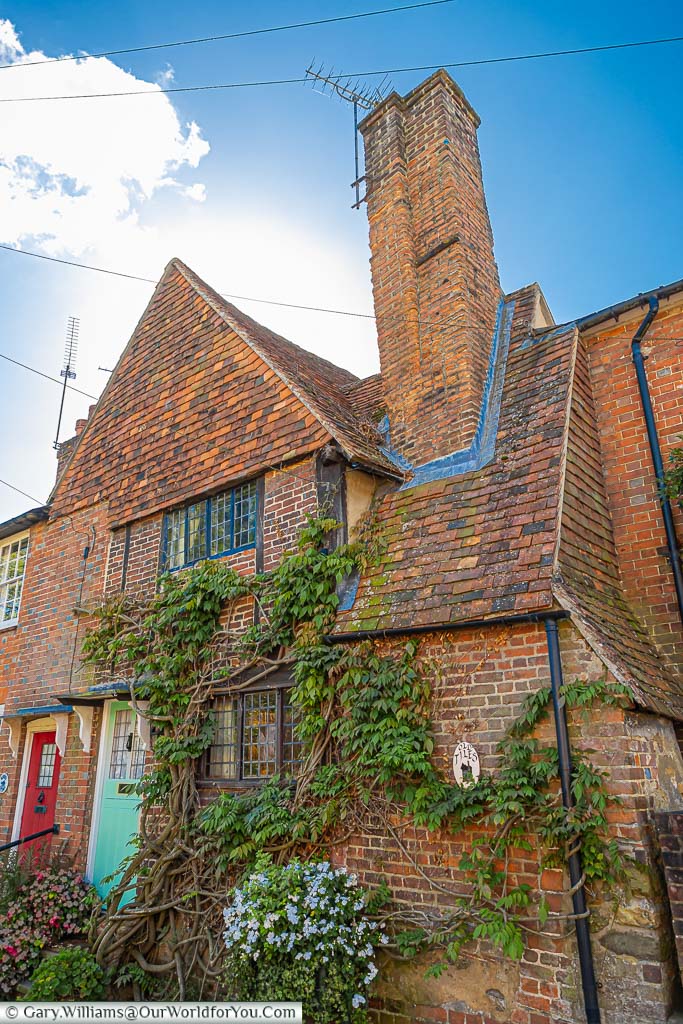
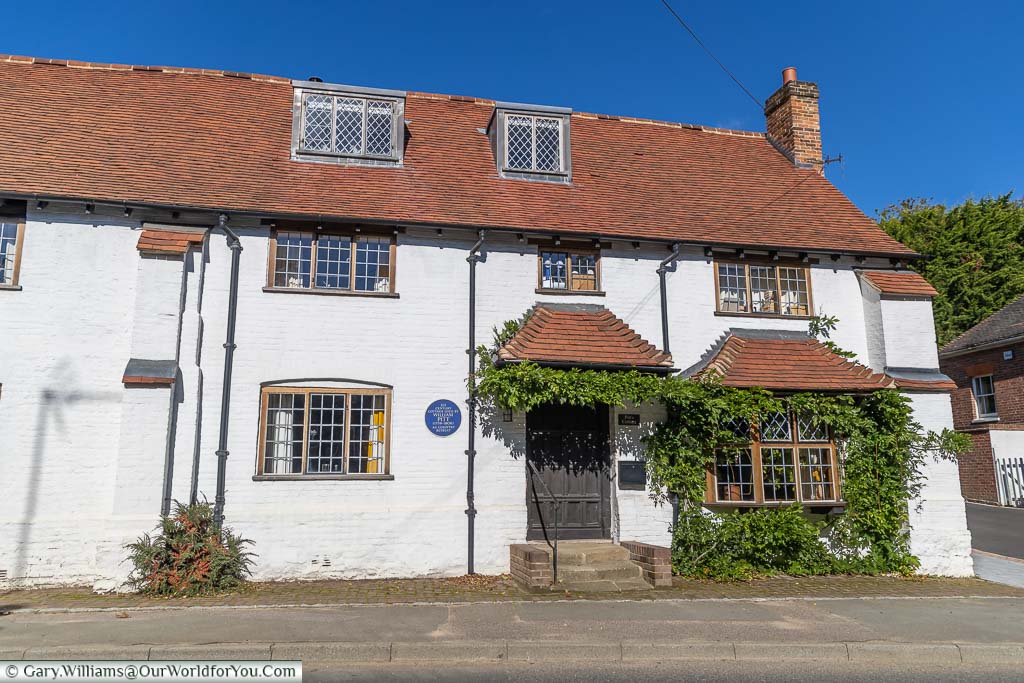
If you're intrigued by Kent's weird and wonderful history, or all unusual stories around the county, then take a peek at "Kent's Strangest Tales".
You won't be able to put it down, you can pick it up for your Kindle or in good old paperback.
Westerham’s most notable resident
Sir Winston ChurchillThe market town of Westerham could not be mentioned without including its most famous nearby resident Sir Winston Churchill.
Sir Winston Churchill lived at Chartwell House with his wife Clementine and their family from 1922 until he died in 1965. Chartwell is now beautifully managed by the National Trust. It is incredibly easy to see why Sir Winston and Clementine fell in love with it. It would have been such a contrast from his exceptionally busy life in London.
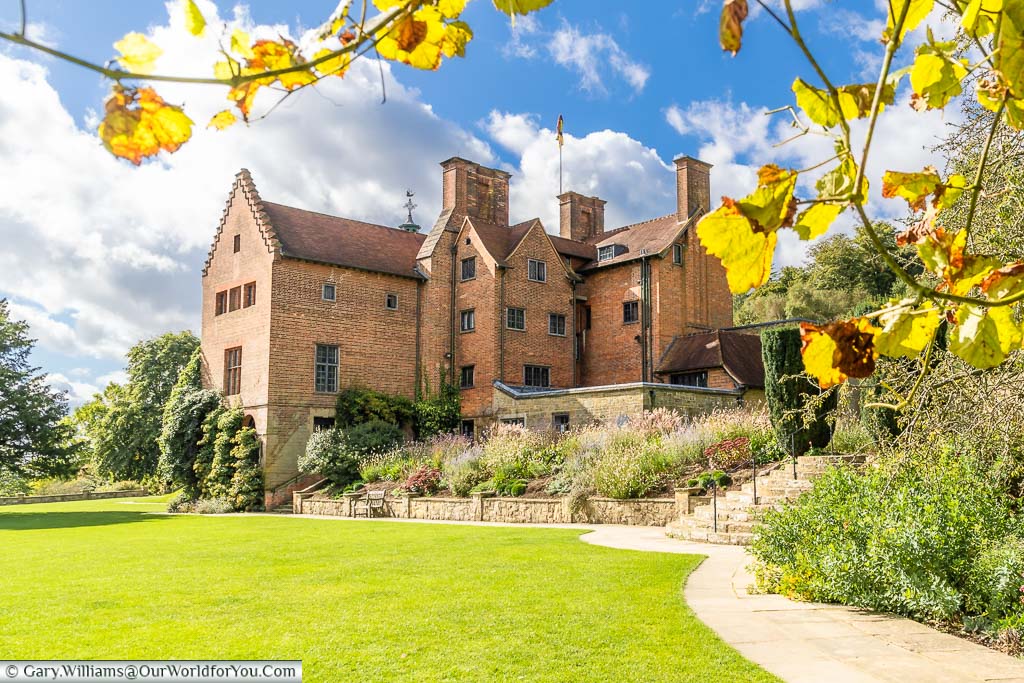
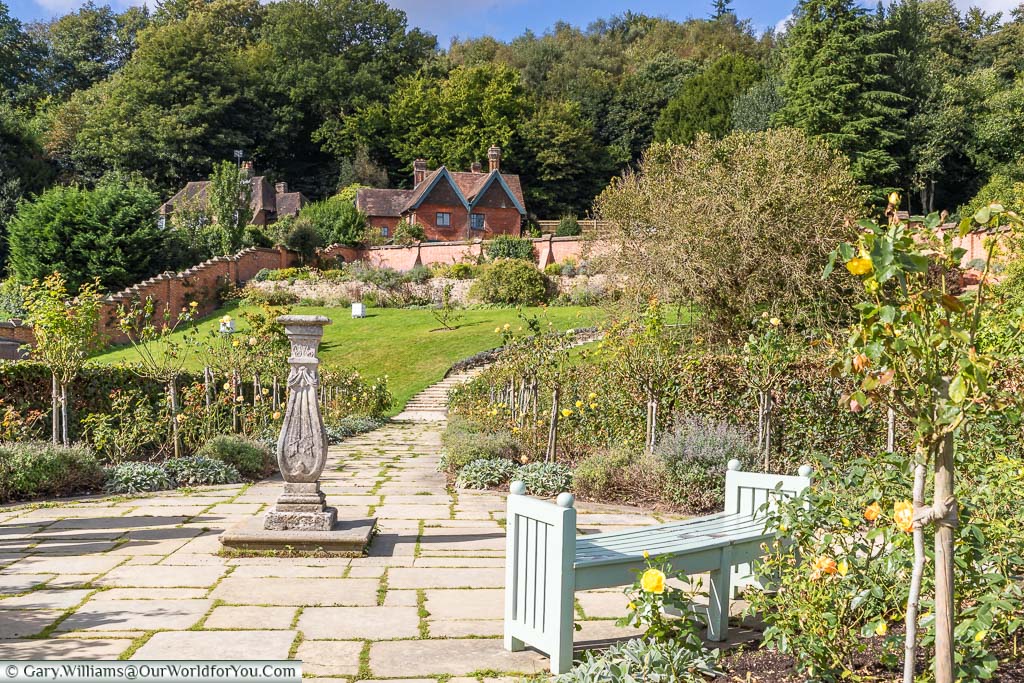
Although I must admit my favourite place within Chartwell was Sir Winston’s art studio. The studio houses the largest collection of Churchill’s magnificent paintings. It’s hard to believe he only started to paint in 1959 when he was in his 40s.
I’ve written an individual article on Chartwell as it is a stunning home, and I wanted to do it justice.
Hiking the Kent Countryside
Westerham is located within the picturesque region of the Kent Downs and just a short distance to the High Weald. They are both Areas of Outstanding Natural Beauty (AONB). To explore the hiking trails in this region of Kent, the Ordnance Survey map that will help you along the route is no. 147, ‘Sevenoaks & Tonbridge’.
Alternatively, why not purchase and download the OS Maps App, which covers all of Great Britain.
Another famous Westerham resident
General James Wolfe and Quebec House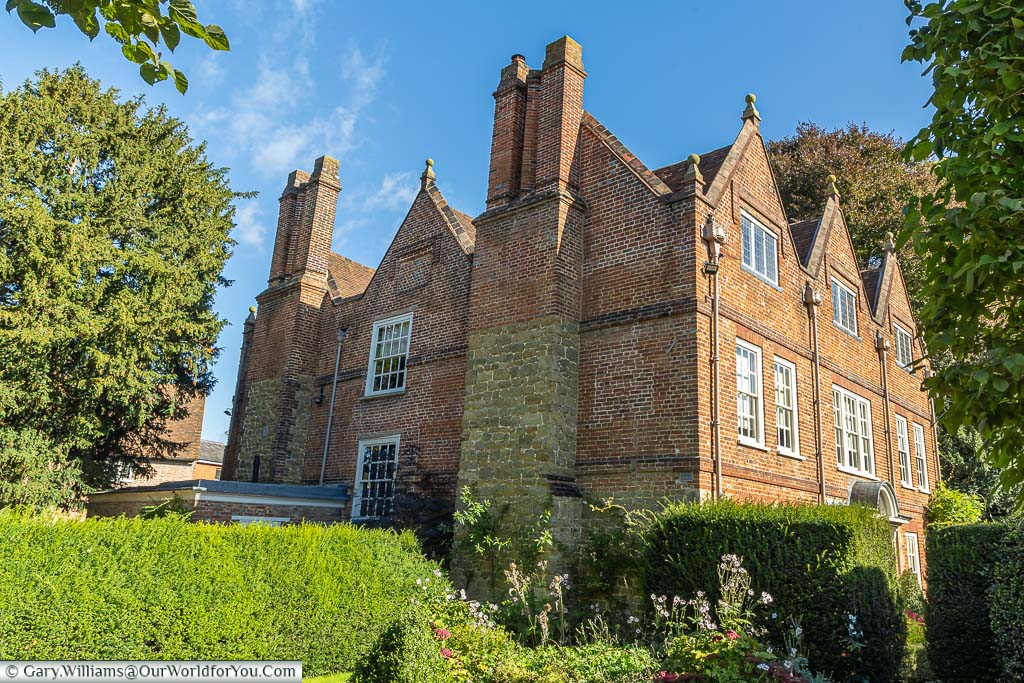
James Wolfe was born in Westerham on 2nd January 1727; his family were renting the attractive Quebec House, then known as the ‘Spiers’.
Quebec House was renamed in his honour after he died a hero in battle. The 16th century home is now managed by the National Trust.
James resided at the Grade I Listed Building, Quebec House, for the first 10 years of his childhood until his military family moved to Greenwich in 1738. James Wolfe was destined to become a soldier, and he received his first orders by the age of 14.
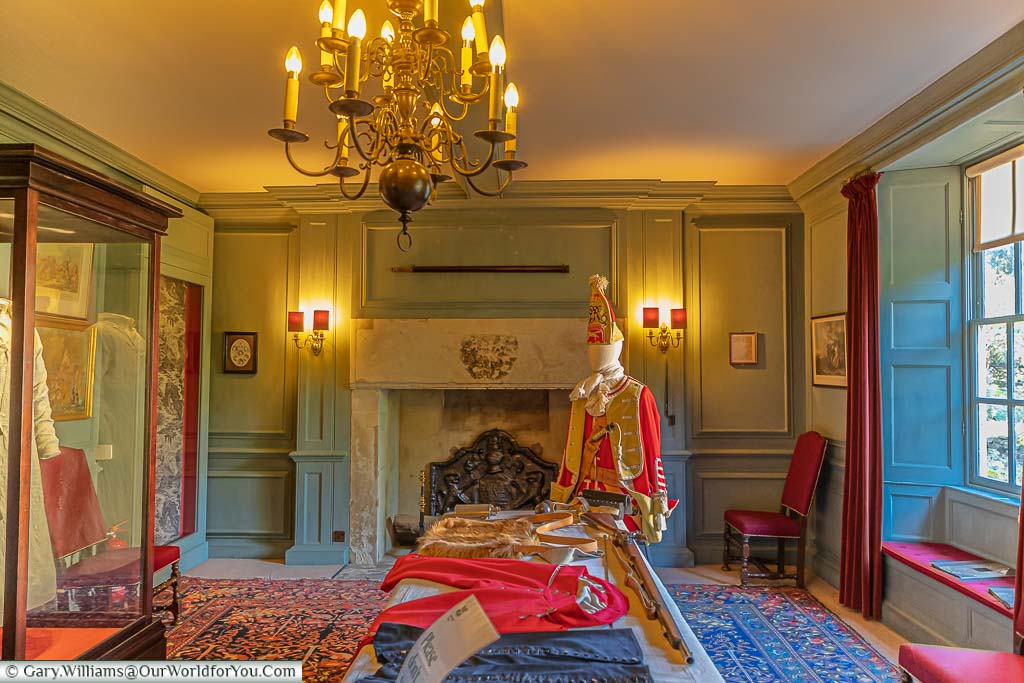
By the time he reached 22, he had experienced battle four times, had been wounded on three occasions and was in command of his own regiment.
In January 1759, James Wolfe was appointed major general and commanding officer of British land forces in the expedition against Quebec. Wolfe had seen action in France, Belgium and Scotland, to name a few. He was a major at 18 and a lieutenant-colonel by 23.
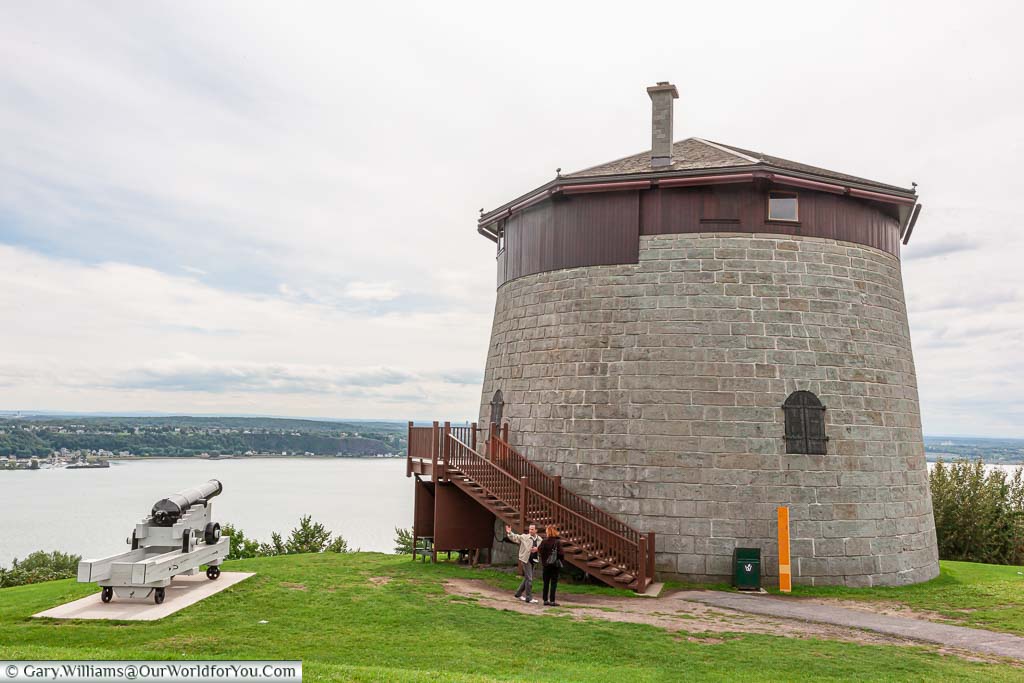
The long hard siege led to the victory of the Battle of the Plains of Abraham for Major Wolfe; however, James succumbs to his injuries on the battlefield from three musket balls.
Gary and I visited Quebec and went to the Plains of Abraham; it is astonishing how the British troops scaled the 200-metre cliffs and then faced a battle against the French.
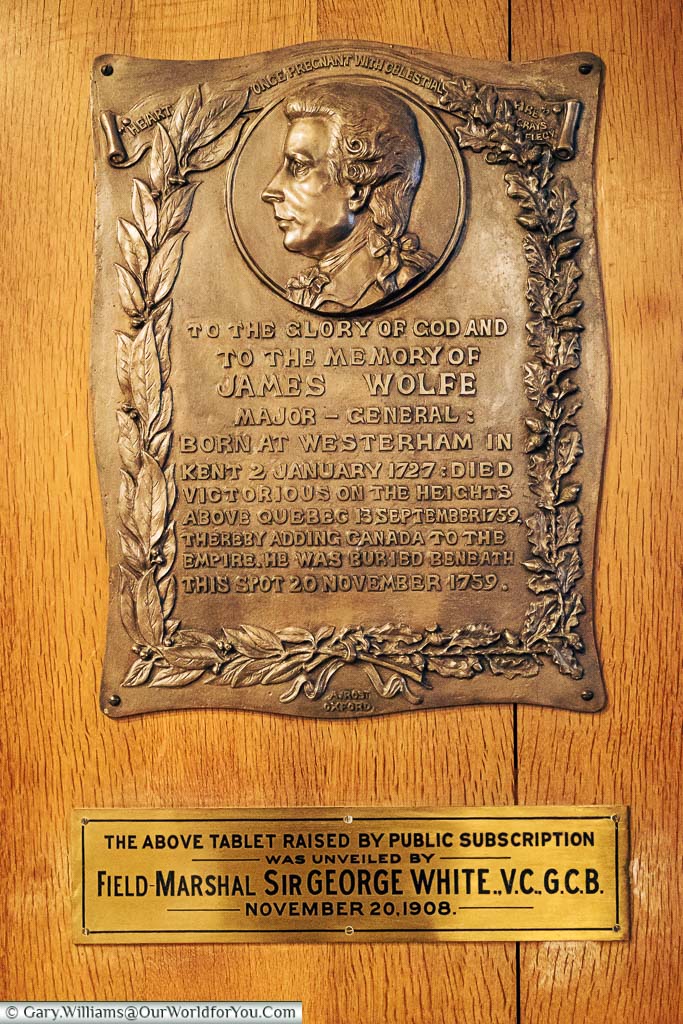
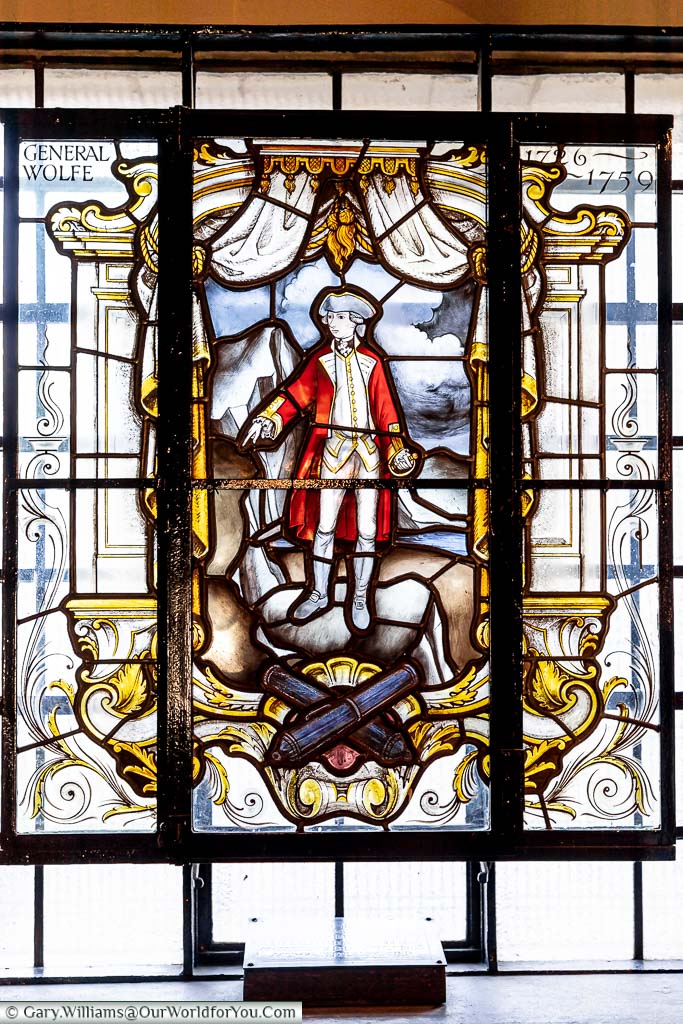
Major Wolfe’s body was returned to Britain, and he is buried in the family vault at St Alfege Church in Greenwich. Coincidentally where my parents were married.
Throughout the museum at Quebec House in Westerham are memorabilia relating to James Wolfe and his battles; you’ll also experience how James’s family lived in the family home during the 1730s.
We have created a little video of our trip to Westerham on YouTube, Why not take a look?
Also, why not subscribe to our YouTube channel and get the latest clips as we post them?
Visit some of Kent’s Historic Towns, Villages & Cities
* This post may contain links to affiliated sites where we earn a small commission at no additional charge to you.
